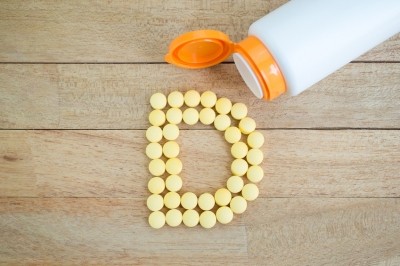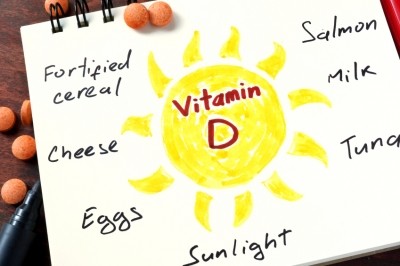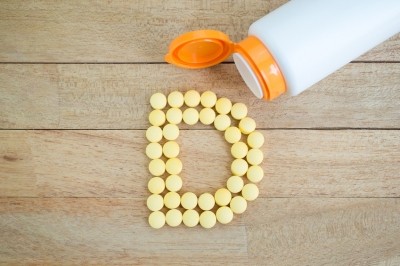Poor vitamin D linked to increased risk of anemia, according to Iranian study on school children

“Our findings strongly suggest an association between low circulating concentrations of 25(OH)D and anemia in a large, representative sample of children, even after adjusting for sex, age, BMI, and serum intact parathyroid hormone concentrations,” they wrote in their report, due for publication in the March 2018 edition of the journal Nutrition.
Data was collected from 937 children ages 9 to 12. According to an Iranian national report, the prevalence of anemia among Iranian children was 18.2%.
In the US, school-age children (5-11 years) had the lowest prevalence of anemia at 2%, according to a 2016 study published in PLOS One which analyzed NHANES data from 2003 to 2012. The US report, however, did find the prevalence of anemia has increased over the study period from 2003 to 2012, especially among women and racial minorities.
Though iron deficiency is widely understood as a primary cause to anemia, the Iranian researchers argued that the role of vitamin D in “iron homeostasis and erythropoiesis has emerged in recent years. Vitamin D may be associated with hemoglobin concentrations and anemia in various healthy and diseased populations.”
Study design
The children were recruited from 60 primary schools selected with a systemic random sampling technique from all districts of the Ministry of Education in Tehran.
The children underwent various examinations including anthropometric measurements (weight, height, etc.) and blood sampling after an overnight fast.
Vitamin D status was defined based on serum 25(OH)D concentration. To measure anemia, the researchers looked at hemoglobin using an automatic cell counter, concentrations of serum ferritin, serum iron, and serum concentrations of intact parathyroid hormone.
Low vitamin D levels more prevalent among anemic children
Overall, 13% of children were anemic, according to the researchers’ analysis. Furthermore, 13% of the children had concurrent low hemoglobin and low vitamin D levels. The prevalence of low vitamin D in the anemic group was 96.8% compared with 91.6% in the non-anemic group.
“This association was the most evident when comparing individuals with 25(OH)D < 25 nmol/L to those with >50 nmol/L. Children with VDD exhibited a rate of anemia that was nearly three times that of persons of similar age who were vitamin D sufficient,” they found.
“Among the children, 25(OH)D concentrations in the upper quartiles (≥31.2 nmol/L) were associated with a nearly 0.25 g/dL higher Hb compared with concentrations <9.2 nmol/L.”
The relationship between vitamin D and anemia has been explored before. In 2014, researchers at the Johns Hopkins Children’s Center found a link between low vitamin D in blood serum to an increased risk in anemia after tracking more than 10,400 children.
In Iran, the researchers suggested that, in addition to fortifying breads with iron, “vitamin D fortification with flour may be beneficial to control both vitamin D deficiency and iron deficiency.”















